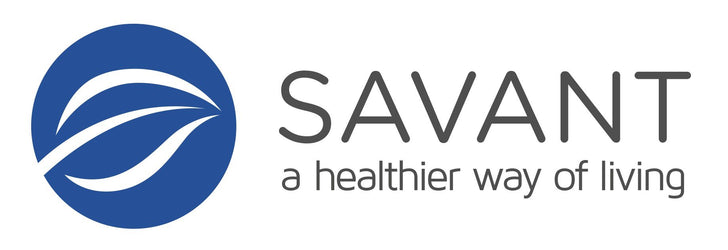
The Power Of Tumeric
Turmeric has been used in Indian and Chinese medicine for thousands of years to relieve conditions ranging from flatulence to menstrual irregularities. Now recognised in the West as a powerful antioxidant and anti-inflammatory agent.
The yellow flowered turmeric plant is a member of the ginger family. The turmeric root has over 200 unique compounds that have shown to have a positive effect on a variety of health conditions. The most well known active component is the yellow coloured curcumin and a lesser known but still as powerful compound are the Turmerones. When dried, turmeric rhizomes generally yield between 2 and 5% essential oils. These oils include turmerone, zingiberone and atlantone. Turmeric volatile oils are comprised of roughly 33% ar-turmerone, 24% alpha-turmerone and 23% beta-turmerone. (Various other compounds, proteins, sugars and resins account for the rest of turmeric’s makeup).
Turmeric has an antioxidant affect that is almost the same as Vitamin C and Vitamin E, meaning that it provides powerful protection against the damage that can be done to the cells of the body by unstable oxygen molecules called free radicals. The components of Turmeric have anti-inflammatory affects when applied topically and when used orally, as well, they also have the ability to increase the secretion of bile and the production of liver enzymes giving this herb a liver-protective effect against toxins. Animal studies of turmeric indicate that it may lower blood cholesterol levels and prevent the coagulation of blood platelets.
If turmeric is taken internally its effects are associated with the ability of its active compounds to suppress the release of anti-inflammatory agents within the body’s tissues. It is also thought to stimulate the production of cortisone from the adrenal glands, which indirectly assists the healing process.
"Having both anti-inflammatory and antioxidant properties, as well as, the ability to increase bile acid output provides evidence to support the traditional use of turmeric for protecting the liver."
All turmerones that have been studied to date have demonstrated potent anti-inflammatory effects. By inhibiting the actions of inflammatory enzymes like COX-1 (cyclooxygenase-1), turmerones can help to reduce low-grade systemic inflammation. This harmful type of chronic inflammation is associated with the development of most diseases. Aromatic turmerone also demonstrates natural anti-fungal and anti-microbial properties and Beta-turmerone and Alpha-turmerone demonstrate anti-bacterial effects.
Curcumin has been shown, in animal studies, to have therapeutic properties the same as to those of cortisone and phenylbutazone in cases of acute inflammation; with the advantage that curcumin has not toxic results. If turmeric is applied to the skin, commonly done in India, it can ease pain and inflammation in the muscles and joints. Turmeric also has a role in combating atherosclerosis by lowering cholesterol levels and preventing the coagulation of blood platelets.
Having both anti-inflammatory and antioxidant properties, as well as, the ability to increase bile acid output provides evidence to support the traditional use of turmeric for protecting the liver. Turmeric also has a positive effect on the gastrointestinal system by stopping the formation of wind and being able to release it if it does form, as well as, it helps to inhibit intestinal spasms.
Common uses of turmeric are:
- Reduces inflammation systemically and especially in shoulder, knee and elbow joints
- Can relieve inflammation and pain of rheumatoid arthritis
- May lower cholesterol levels
- Liver protector
Apart from its culinary uses, turmeric is used as a preservative, colorant and flavouring agent in many food products.
Turmeric appears to be very safe in recommended doses. However, because turmeric may enhance the release of bile in the liver high doses should not be taken by people with gallstones, since gallstones can hinder the flow of bile.
